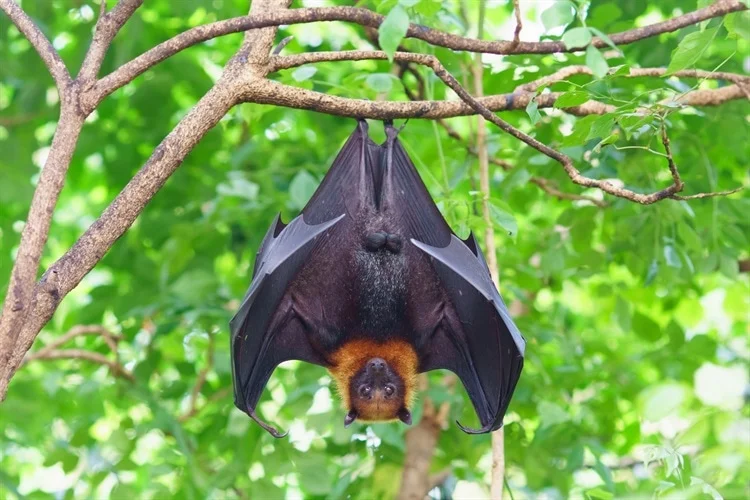
The coronavirus disease 2019 (COVID-19) pandemic has highlighted the urgent need to monitor zoonotic spillovers. In Asia, Europe, and Africa, Rhinolophus spp. bats are considered natural reservoirs of sarbecoviruses. South and Southeast Asia are highly significant for wildlife surveillance due to the concentrated numbers of SARS-related coronaviruses (SARSr-CoVs).
Research into the correlations between sarbecovirus infections in humans and activities that bring them in close contact with bats is scarce. Studies should characterize the currently unrecognized sarbecoviruses that are circulating and evaluate their potential to spillover over to people.
In Myanmar, in response to the pandemic, many human surveillance programs were utilized to analyze exposure to sarbecoviruses. The aim was to understand heterogeneity across geographic regions, types of human behaviors, and potential species implicated in the spillover of sarbecoviruses.